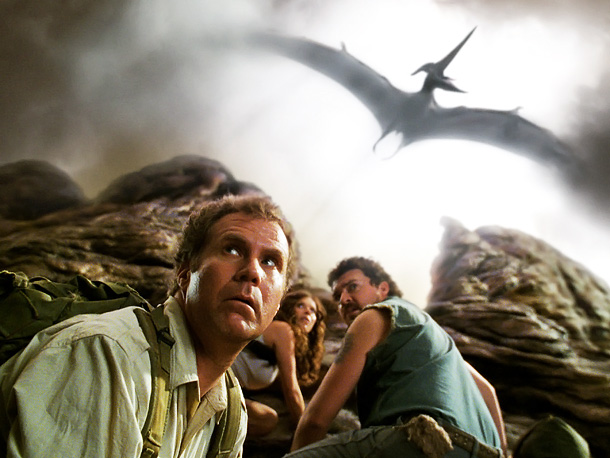The ability to walk upright was a critical, early facet of human evolution, later refined as more time was spent striding over the terrestrial realm. While walking and foraging on the ground, the early hominins were in the haunts of large carnivores. In a 2007 survey of large African carnivores who lived between 6 million years ago and the present, the paleontologists Adrian Treves of the University of Wisconsin at Madison and Paul Palmqvist of the University of Málaga in Spain counted at least four genera in the 6-million-year range — including long-legged hyenas, a large bear, the ‘false sabertooth’ Dinofelis, and the sabercat Machairodus. By 3.5 million years ago, Africa’s carnivore guild had expanded to include the sabercats Homotherium and Megantereon, the giant hyena Pachycrocuta, and the forerunners of wild dogs, lions, leopards, cheetahs, and spotted hyenas. The large carnivores of Africa today are just a remnant of the great profusion of carnivores the continent hosted right up until about a half a million years ago.
Of these ancient predators, sabercats stand out as especially frightening. Did they actually kill hominins? Direct evidence has been difficult to find. Anna Behrensmeyer, a paleontologist at the Smithsonian National Museum of Natural History in Washington DC, has speculated that an entire group of Australopithecus afarensis — the hominin species to which ‘Lucy’, the half-complete skeleton of a female found in 1974, belonged — was slaughtered by a sabercat at a spot in prehistoric Ethiopia around 3.2 million years ago. But such cold cases are hard to crack, and the lack of direct evidence could mean that sabercats didn’t pounce on our ancestors very often. Or maybe the cats were just especially fastidious about finishing all of their meals.
Read More | "Once and Future Cats" | Brian Switek | Aeon
